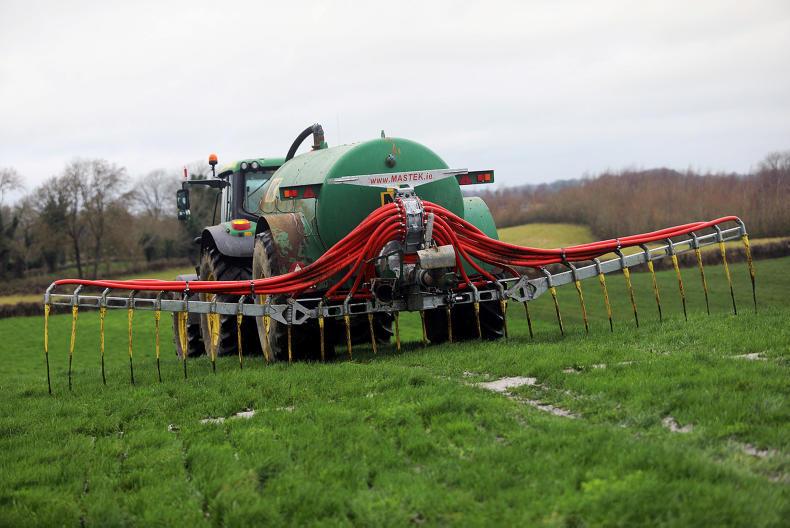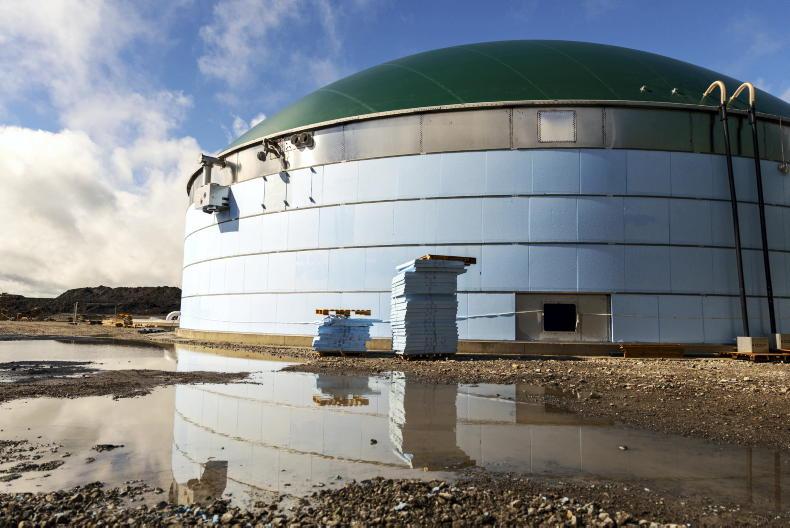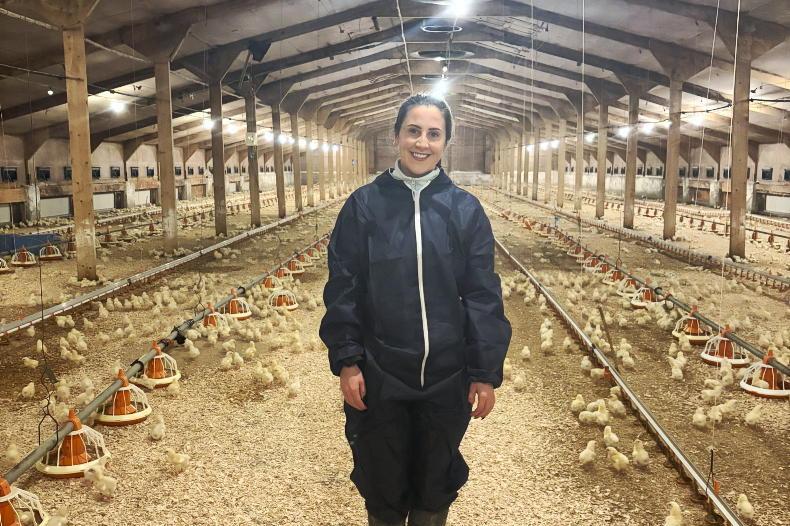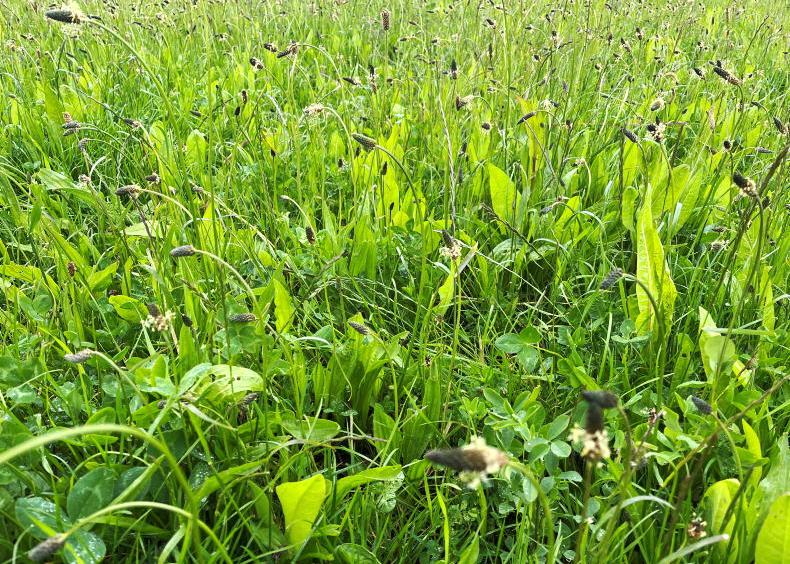Grass and slurry from farms would be central to a proposed Government support scheme for biogas.
A new policy vision set out by the Irish Bioenergy Association (IrBEA) and the Composting and Anaerobic Digestion Association of Ireland (Cré) on Thursday set out a vision for a Government policy that would create 400 jobs and abate 500,00t of CO2 every year.
IrBEA and Cré want the Government to provide a €40m investment to incentivise the first phase of a 1.6Twh /200MW biogas project, through a biomethane support scheme.
They say anaerobic digestion (AD) technology can be used to convert organic waste to energy and fertiliser, and in the process help solve Ireland’s renewable energy challenge, avoid EU fines, and create a new source of income for farmers.
The proposed plan would start with supports for 65MW of biomethane in 2020.
This biomethane would be produced in 25 strategically located biogas plants across the country that would be close to the gas grid.
These plants would be fed mainly with grass and slurry supplied by farmers, with waste from the agriculture industry and the food industry used in larger plants.
Grass from farms
Each 1.25MW of slurry or grass biogas plant would require the equivalent of grass from 240ha per plant per year.
IrBEA and Cré have said that the plan has costed the grass feedstock at €35/t fresh weight.
While some concerns have previously been raised about grass being diverted away from animal feed, the organisations maintain there is plenty of scope to increase grass production on farms.
They quoted Teagasc figures which show that the average grass yield could be increased by at least 50%, and University College Cork (UCC) research that shows how underutilised land, particularly in the less intensively farmed areas in the west of Ireland and the midlands, could be brought into production.

Slurry
IrBEA and Cré also maintain that the biogas plants would take slurry from farms, reducing the risk of nitrogen pollution of water and reducing the pressure on farms to store slurry.
They say that directing correct quantities of slurry and manure into biogas plants would also lower emissions and odour levels associated with land spreading.
Read more
First farm biogas flows to national grid
Can farmers cash in on biogas?
Agri food biogas starts with large-scale players
Grass and slurry from farms would be central to a proposed Government support scheme for biogas.
A new policy vision set out by the Irish Bioenergy Association (IrBEA) and the Composting and Anaerobic Digestion Association of Ireland (Cré) on Thursday set out a vision for a Government policy that would create 400 jobs and abate 500,00t of CO2 every year.
IrBEA and Cré want the Government to provide a €40m investment to incentivise the first phase of a 1.6Twh /200MW biogas project, through a biomethane support scheme.
They say anaerobic digestion (AD) technology can be used to convert organic waste to energy and fertiliser, and in the process help solve Ireland’s renewable energy challenge, avoid EU fines, and create a new source of income for farmers.
The proposed plan would start with supports for 65MW of biomethane in 2020.
This biomethane would be produced in 25 strategically located biogas plants across the country that would be close to the gas grid.
These plants would be fed mainly with grass and slurry supplied by farmers, with waste from the agriculture industry and the food industry used in larger plants.
Grass from farms
Each 1.25MW of slurry or grass biogas plant would require the equivalent of grass from 240ha per plant per year.
IrBEA and Cré have said that the plan has costed the grass feedstock at €35/t fresh weight.
While some concerns have previously been raised about grass being diverted away from animal feed, the organisations maintain there is plenty of scope to increase grass production on farms.
They quoted Teagasc figures which show that the average grass yield could be increased by at least 50%, and University College Cork (UCC) research that shows how underutilised land, particularly in the less intensively farmed areas in the west of Ireland and the midlands, could be brought into production.

Slurry
IrBEA and Cré also maintain that the biogas plants would take slurry from farms, reducing the risk of nitrogen pollution of water and reducing the pressure on farms to store slurry.
They say that directing correct quantities of slurry and manure into biogas plants would also lower emissions and odour levels associated with land spreading.
Read more
First farm biogas flows to national grid
Can farmers cash in on biogas?
Agri food biogas starts with large-scale players











SHARING OPTIONS